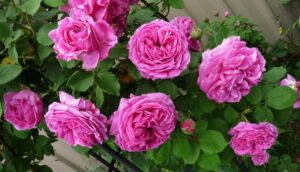October in USDA Zone 6 signals the transition into autumn, with the temperature beginning to drop significantly. It’s also a prime time for planting due to the cooler climate, which can be less stressful for young plants.
Understanding what to plant at this time can help gardeners take advantage of the available planting window for vegetables, flowers, herbs, and landscape plants. Let’s explore the various options that thrive in this zone during the month of October.
Vegetables To Plant
Planting in October offers a unique opportunity to establish cool-season vegetables that can flourish even with the impending frost. Here are ten vegetables that are ideal for planting during this time.
Kale
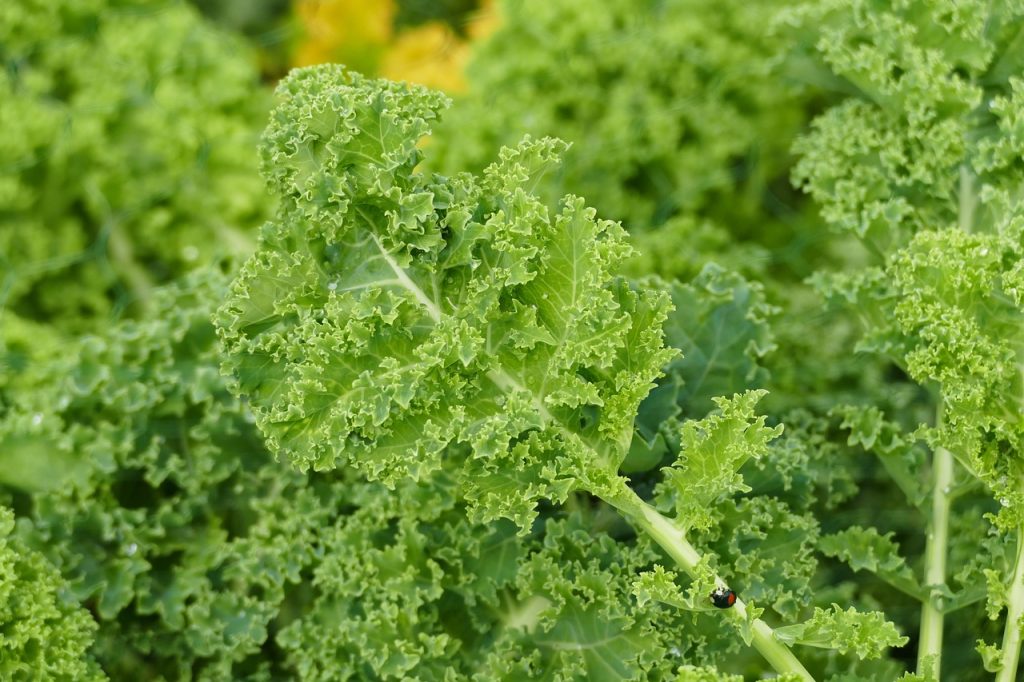
Kale is a robust leafy green that thrives in cooler temperatures. It’s incredibly tolerant of frost, which actually improves its flavor, making it an ideal choice for October planting. Seeds can be sown directly into the ground or started indoors in late September and transplanted in October. Kale prefers full sun but can tolerate partial shade and should be harvested before the temperature consistently drops below 20°F for prolonged periods.
Spinach
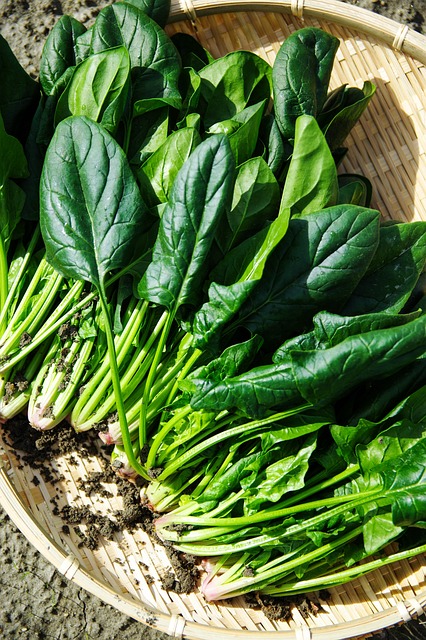
Spinach is another hardy crop that grows well in cool weather. Planting spinach in October allows it to establish roots before winter sets in, ensuring that it will be one of the first greens you can harvest in early spring. When planting, aim for well-draining soil with a pH of 6.0 to 7.0. If sowed now, expect to enjoy tender leaves as soon as the soil thaws in late winter.
Garlic
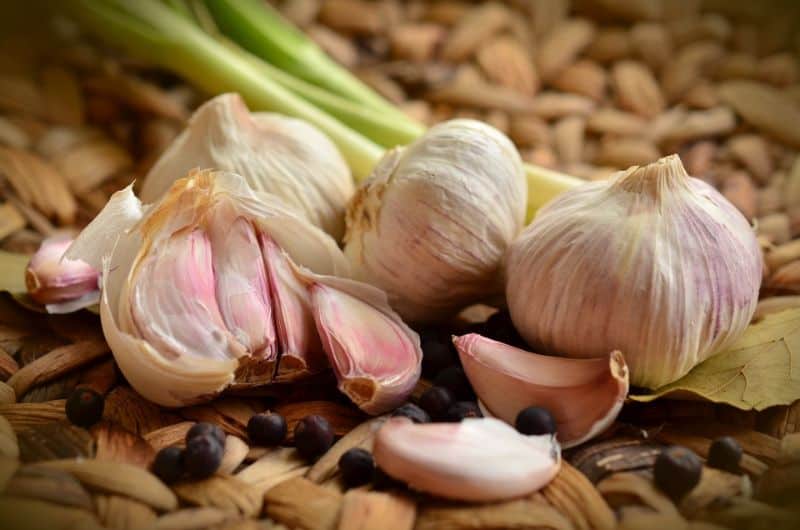
Garlic is a staple in many gardens across Zone 6. October is the optimal time to plant garlic cloves for a summer harvest. Plant them 2 inches deep and space them about 4 inches apart in well-draining soil enriched with organic matter. Garlic requires a cold dormancy period, making fall planting ideal as it allows the bulbs to establish roots before freezing conditions arrive.
Onions
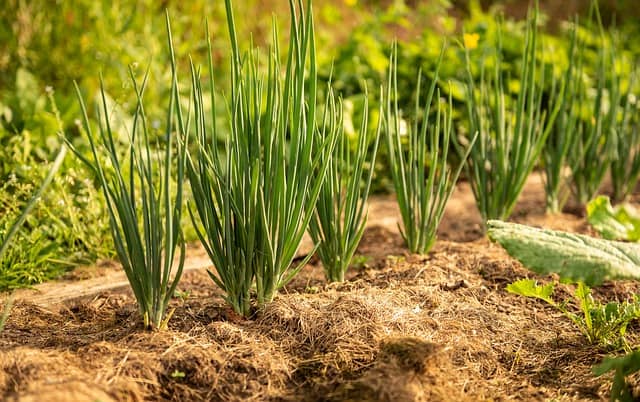
While not all onion varieties are suited to fall planting, certain types like ‘Winter Onions’ or ‘Overwintering Onions’ do well in October. They can survive cooler temperatures and provide an early spring harvest. Like garlic, onions require sunny spots with fertile soil. Be sure to mulch after planting to insulate the bulbs against freezing ground.
Carrots
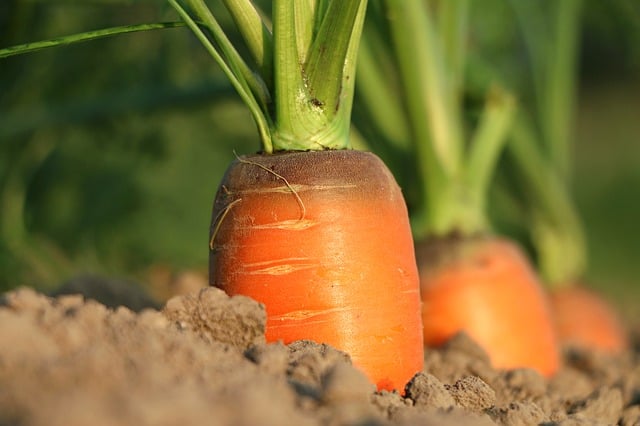
Carrots thrive in cooler temperatures, and planting them in October can yield an early spring crop. Start by sowing seeds directly into the ground, ensuring the soil is loose and weed-free. Carrots will germinate in soil temperatures as low as 50°F, though the seeds may take longer to sprout in cooler weather. Cover them with mulch to conserve moisture and warmth.
Mustard Greens
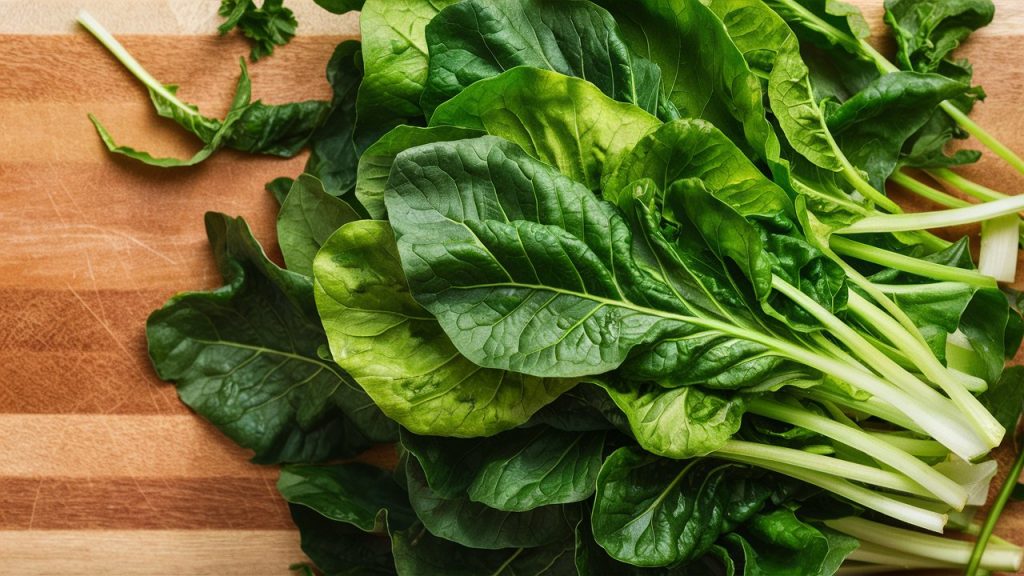
Mustard greens are fast-growing and perfect for fall planting. They prefer cooler weather conditions and can survive light frosts, which can enhance their flavor. Sow seeds directly in the garden, allowing spacing between plants for good airflow. Harvest leaves when they are young and tender for the best taste.
Broccoli

Planting broccoli in October can yield a harvest before the summer heat arrives. This resilient plant handles cold well, and the cooler weather promotes sweeter, creamier florets. Start seeds indoors before transplanting them into the garden when they have developed a few true leaves. Broccoli flourishes in full sun and requires consistent moisture for optimal growth.
Radishes
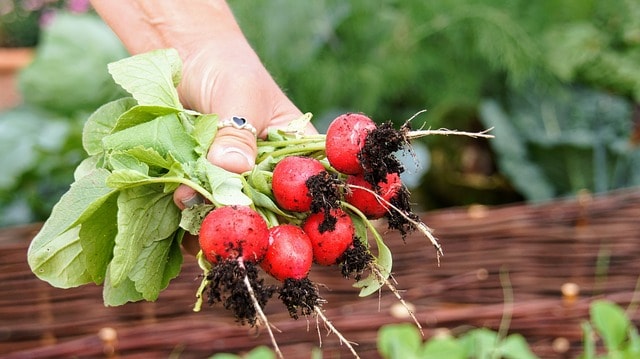
Radishes are one of the fastest-growing crops, making them perfect for October planting. With a short maturity period of about 30 days, you can enjoy a quick harvest. These root vegetables can withstand light frosts, allowing for sowing even in cooler temperatures. Sow seeds in well-tilled, loose soil about ½ inch deep.
Turnips
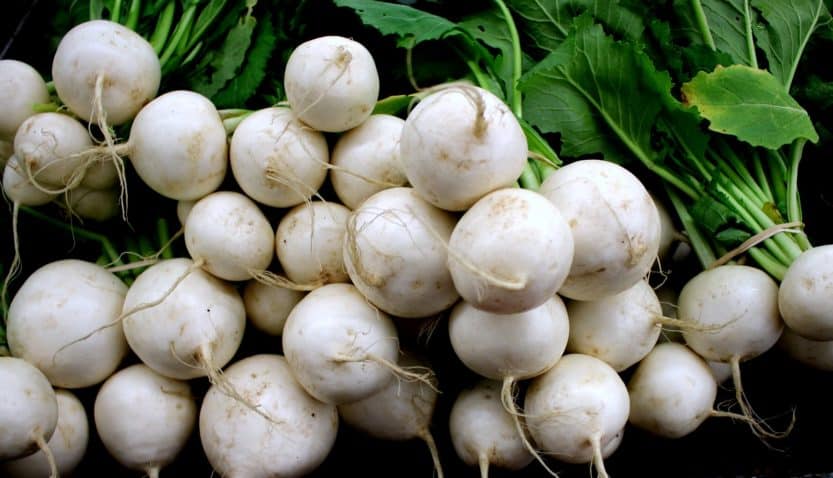
Turnips are another cold-tolerant root vegetable that can be planted in October. The greens are also edible and add nutrition to your meals. They grow well in rich soils and should be spaced properly to allow room for the roots to develop. Plant the seeds approximately ½ to 1 inch deep and expect a harvest before the severe cold sets in.
Flowers To Plant
Fall is also an excellent season for planting a variety of flowers that thrive in cooler climates. October allows for the establishment of many perennial and biennial flowers which promise a colorful display in the following spring and summer. Here are ten flower varieties suited for the cooler soil of Zone 6 in October.
Pansies
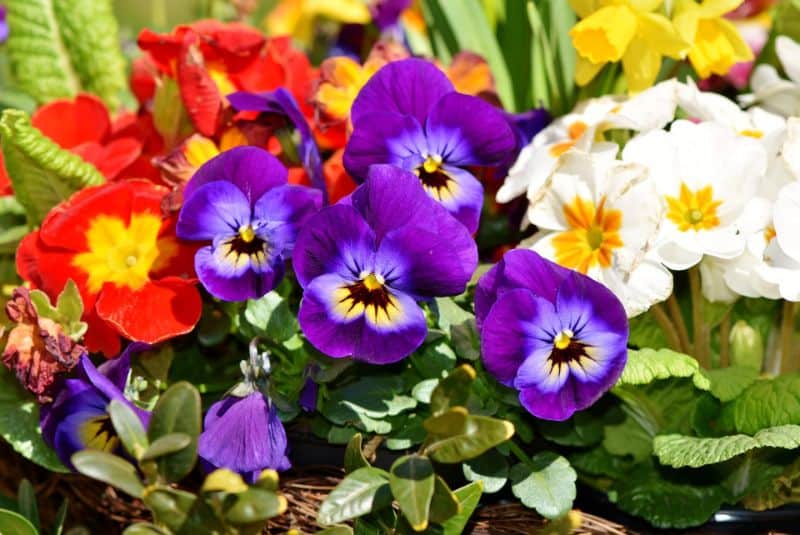
Pansies are vibrant and hardy flowers that can withstand cooler temperatures with ease. Planting them in October allows them to establish roots before winter and bloom in early spring. They thrive in full to partial sun, and an impressive spectrum of colors makes them perfect for containers and borders.
Chrysanthemums

Chrysanthemums, often referred to as mums, are iconic fall blossoms. Planting them in October ensures you get robust plants that will return next year. Mums perform well in well-draining soil and should be planted with adequate spacing to foster growth. They can endure light frost and are often celebrated for their late-season blooms.
Sweet Alyssum
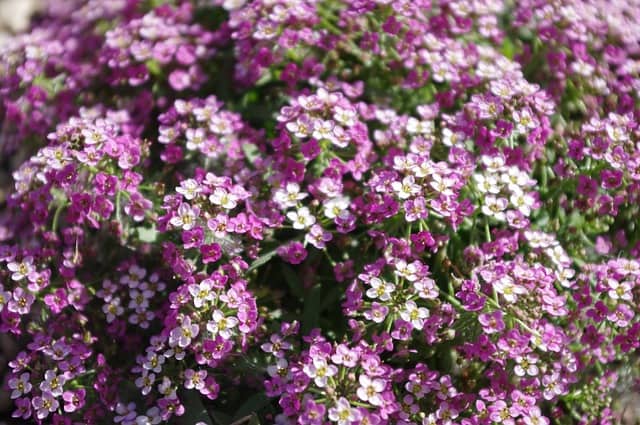
Sweet Alyssum is a charming, fragrant flower ideal for October planting. It can create beautiful ground cover and thrives in sunny or partially shaded areas. This low-growing perennial can handle frost and often produces flowers well into the winter months, making it a delightful addition to any garden.
Viola
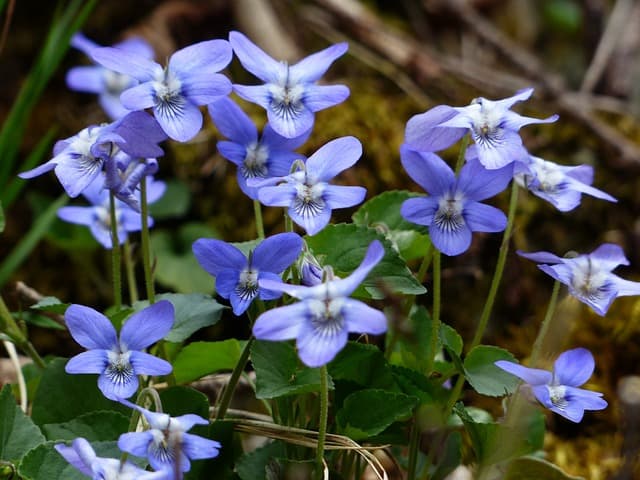
Violas are a close relative to pansies and are remarkably resilient to colder temperatures. These hardy annuals can be planted directly in the ground in October. They come in a variety of colors and are often used as edging plants or in mixed containers, providing beauty even in chilly weather.
Hellebores
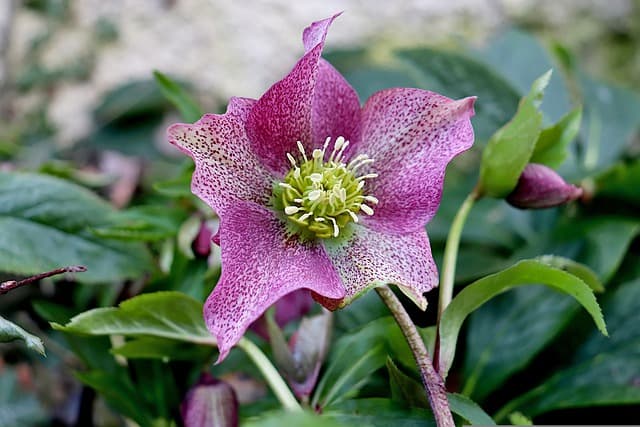
Hellebores, or Lenten roses, thrive best when planted in fall. They are long-lived and can tolerate cold temperatures beautifully, often blooming as early as February. Their evergreen foliage adds visual interest year-round, and while they prefer part shade, some varieties can grow in full sun with adequate moisture.
Asters
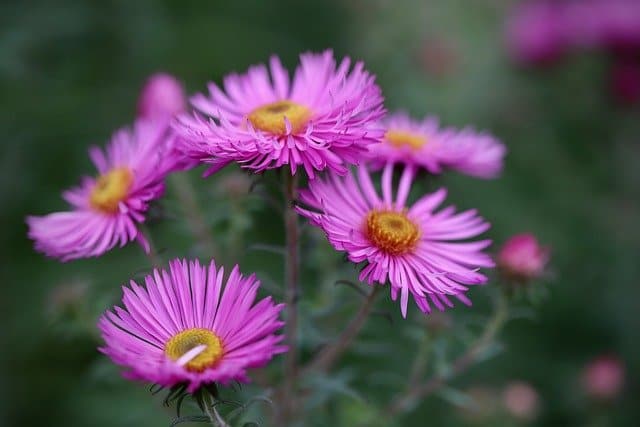
Asters bring gorgeous fall color to gardens, and planting them in October can allow them to establish roots before winter. These perennial flowers are known for attracting pollinators and can bloom late into the fall. Choose a sunny location with well-draining soil for best results.
Ornamental Cabbage and Kale
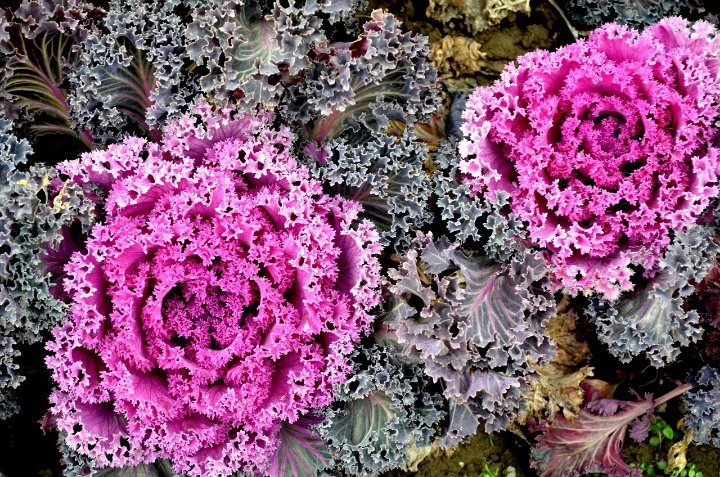
Ornamental cabbages and kales add stunning color and texture to fall gardens. They can withstand frost, making them perfect for October planting. These plants display a wide range of colors in their leaves, adding visual appeal to your landscape.
Dianthus
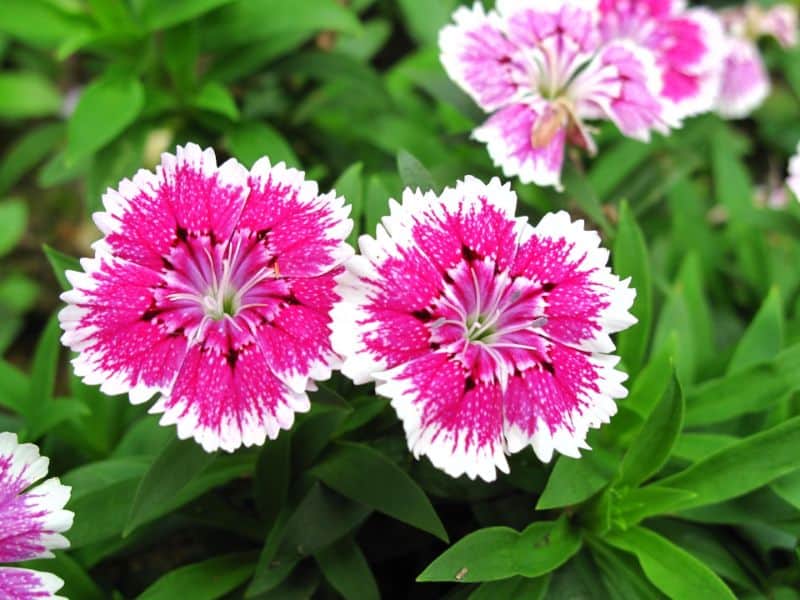
Dianthus, often called Sweet William, are versatile perennials that can be planted in the fall. They produce fragrant flowers and thrive in full sun with well-drained soil. With a variety of colors and forms, they are lovely additions to herbaceous borders and rock gardens.
Sedum
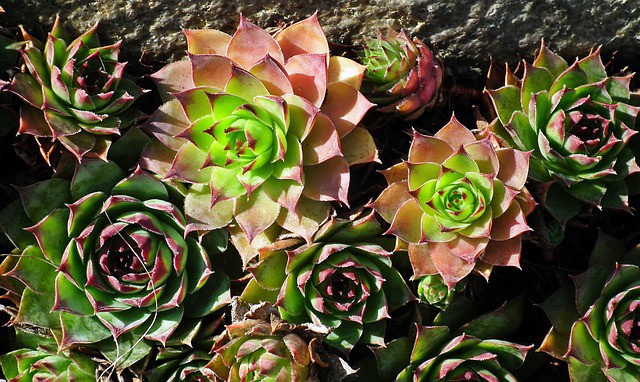
Sedum, also known as stonecrop, is a hardy perennial that can be established in October. These succulent plants require minimal water and can flourish in poor soils. They also provide great winter interest with their fleshy foliage and colorful blooms, attracting pollinators to the late-season garden.
Hardy Geranium
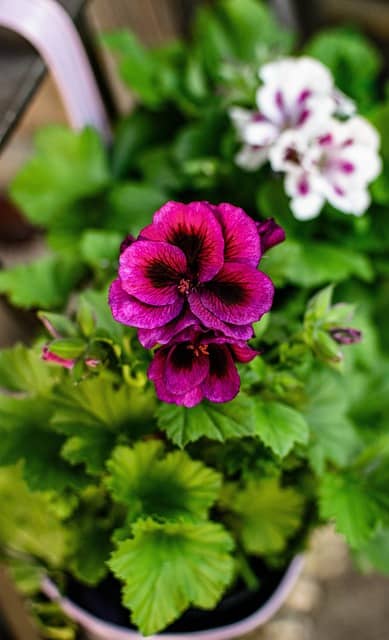
Hardy geraniums are adaptable perennials that bloom beautifully in spring and summer. Planting them in October allows them to settle in and thrive by the time warmer weather returns. They are drought-tolerant and serve well as ground cover or as part of a mixed perennial border.
Herbs To Plant
Herbs can transform dishes with their flavors and aromas, and October presents the opportunity to cultivate a variety of herbs that thrive even in the cooler months. Here are ten herbs well-suited for planting in Zone 6 in October.
Parsley
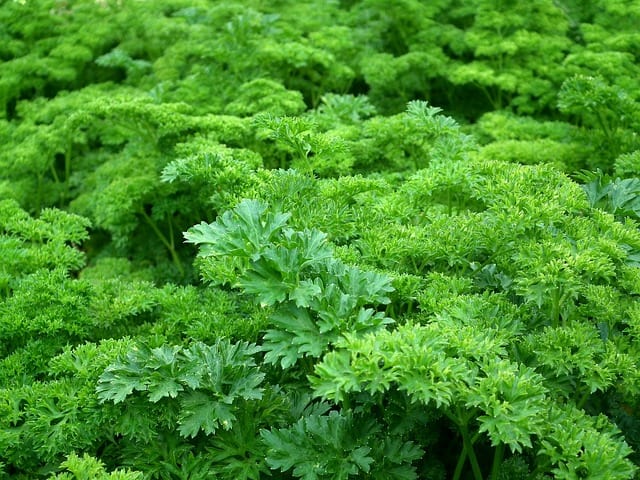
Parsley is a biennial herb often considered a classic culinary staple. Planting parsley in October means you will enjoy vibrant leaves in early spring. It grows best in full sun and well-drained soil, and while it can survive light frost, covering it with mulch can help protect it during colder days.
Cilantro
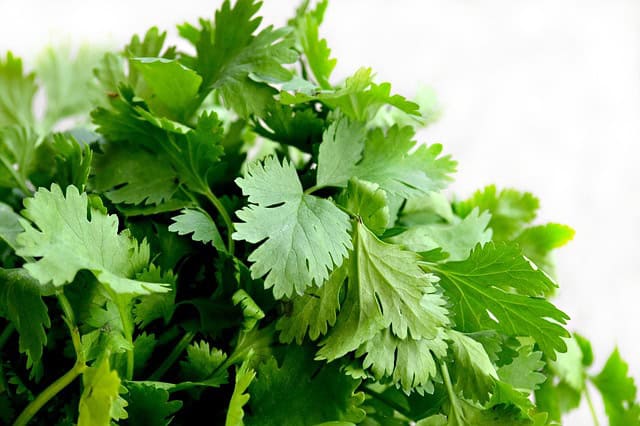
Cilantro is a vibrant herb that thrives in cooler temperatures. It can be sown directly into the soil in October and is quick to germinate. Planting it now will yield leaves before frost, allowing you to enjoy its fresh flavor. Cilantro prefers well-drained soil and full sun, with regular watering to encourage leaf growth.
Thyme
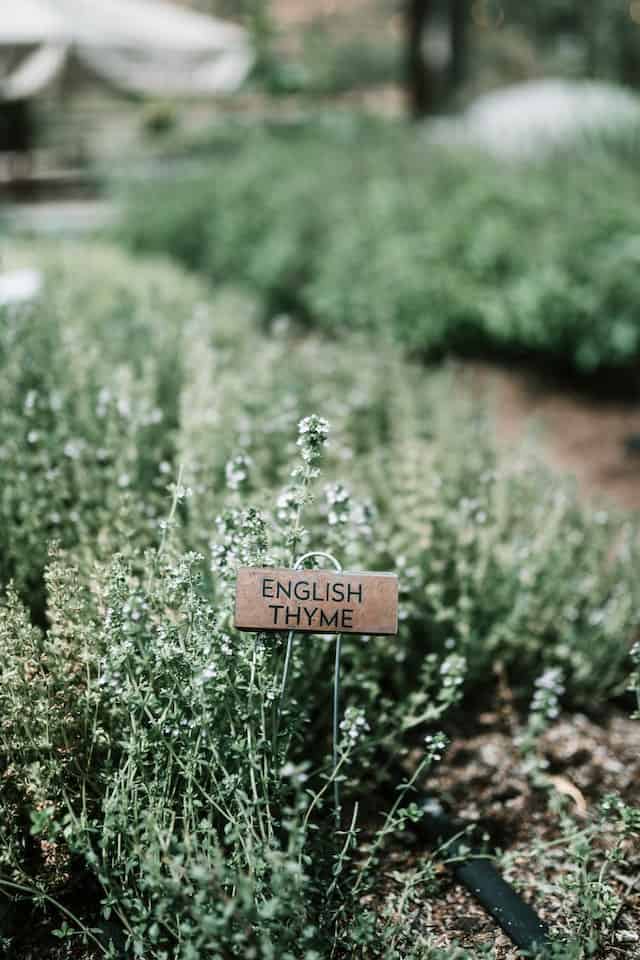
Thyme is a hardy perennial herb that can withstand cold temperatures. Planting thyme in October allows it to establish a strong root system before winter. It requires well-drained soil and plenty of sunlight. As a drought-tolerant herb, it is a fantastic option for low-maintenance gardening.
Chives
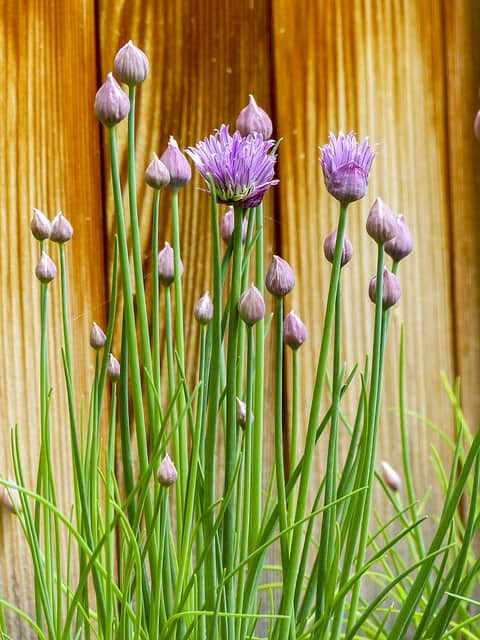
Chives are another robust perennial herb that tolerates cold. October planting promotes root establishment before winter dormancy. Once spring arrives, chives provide early greens for culinary uses. They grow well in full sun and should be spaced adequately to avoid overcrowding as they mature.
Sage
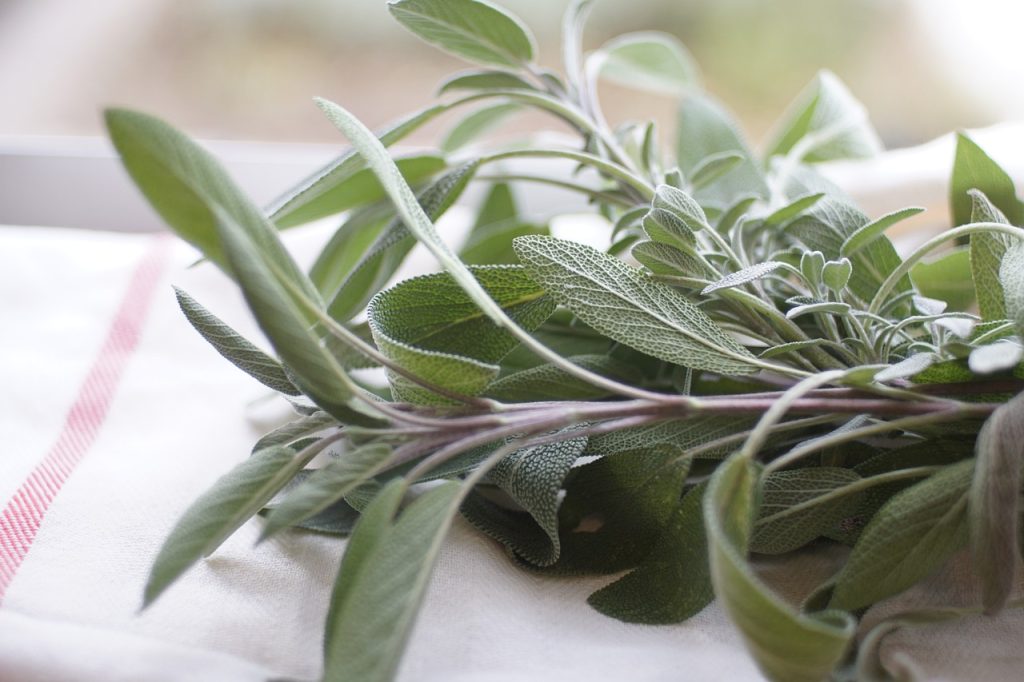
Sage is an aromatic herb that loves full sun and responds well to moderate watering. October planting allows sage to root properly before frost sets in. It is a drought-resistant herb that returns stronger each year, making it both a productive and easy option for any herb garden.
Oregano
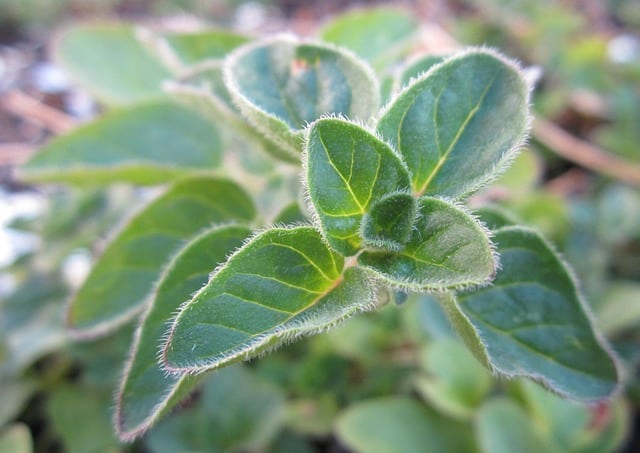
Oregano is a resilient herb that can tolerate cooler weather. Planting it in October lets it develop a robust root system. It prefers full sun and well-drained soil and will return each spring, ready for culinary adventures. Oregano can also attract beneficial insects to your garden.
Mint
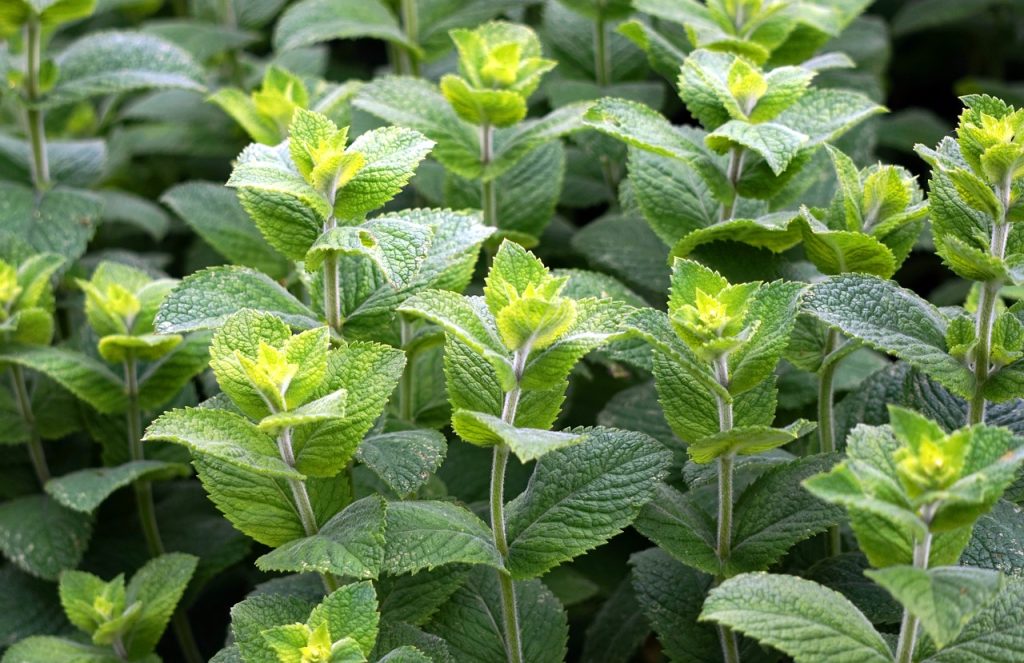
Mint is very hardy and can tolerate cooler temperatures. However, it spreads aggressively, so it’s best to plant it in containers or confined garden areas. October planting allows it to settle in well, so it is ready to burst forth with vigorous growth come spring. Mint thrives in partial shade and should be watered regularly for best flavor.
Fennel
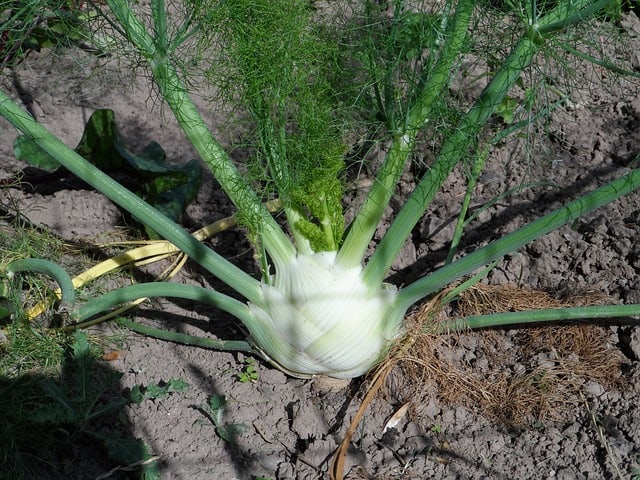
Fennel has a unique flavor that enhances many dishes. In Zone 6, October is a suitable time to plant the hardy bulbs, allowing them to develop roots before winter. Fennel grows best in full sun and requires well-drained soil. While it can withstand some frost, mulching helps protect its roots during the coldest conditions.
Dill
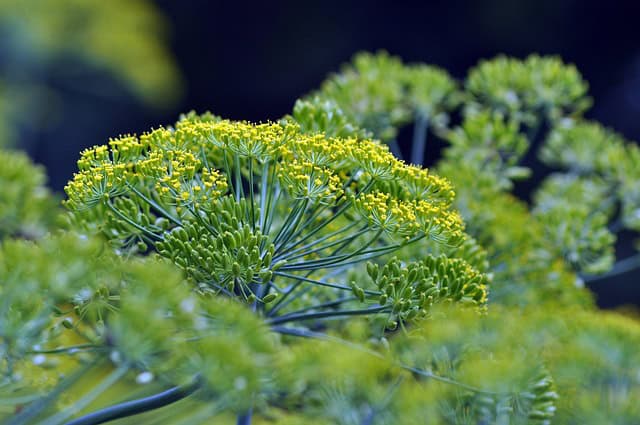
Dill is another quick-growing herb that does well in cooler temperatures. It can be directly sown in October for a late fall harvest before frost hits. Dill grows best in sunny areas and should be watered consistently. Its feathery leaves and distinctive flavor are valuable for culinary uses.
Marjoram
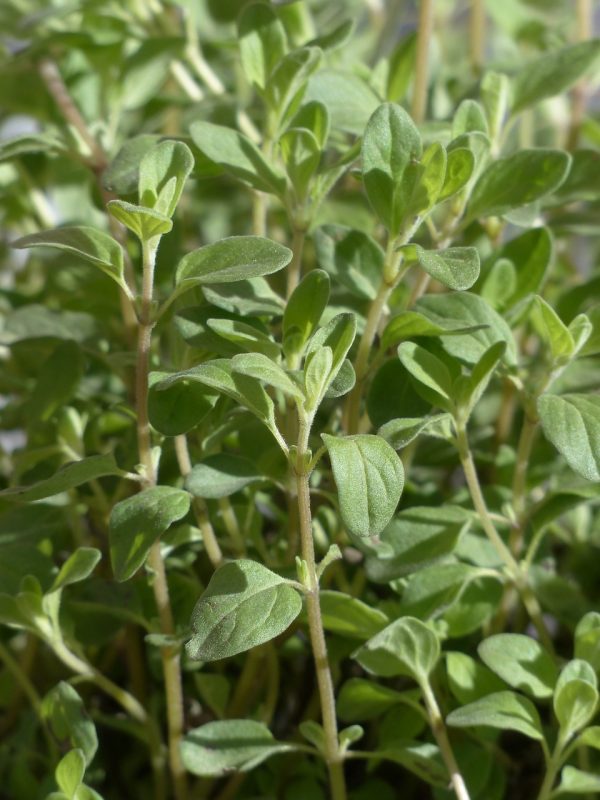
Marjoram is a tender perennial that can be planted in October to develop a robust root system before winter. However, bringing it indoors or providing some protection during particularly harsh winter conditions can be necessary. It prefers full sun and well-drained, moderately moist soil, making it a well-suited herb for a sunny garden.
Landscape Plants To Plant In October
As the gardening season winds down, October is an excellent time to focus on landscape plants that will beautify your garden spaces in the upcoming seasons. Below are ten landscape plants that flourish with fall planting in Zone 6.
Arborvitae
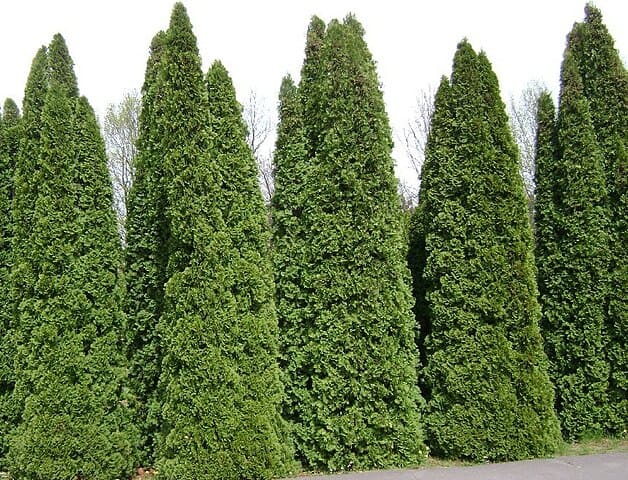
Arborvitae are evergreen trees that can establish strong roots when planted in October. They offer year-round privacy and shelter as they remain green throughout the winter months. They prefer full sun and well-draining soil, making them ideal for hedges or as standalone features in your landscape.
Daylilies
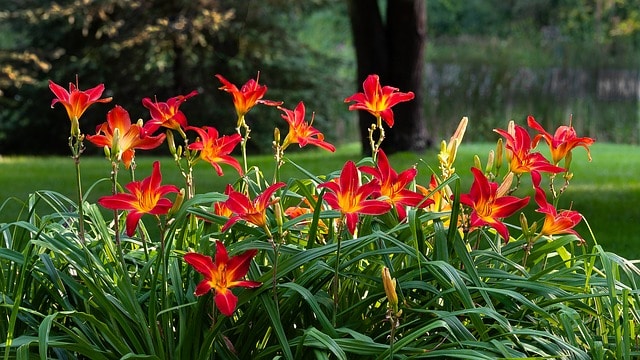
Daylilies are hardy perennials that can be planted in October, providing promising blooms in the subsequent summer. They thrive in a wide range of soil types as long as drainage is good. Daylilies are known for being low-maintenance, making them an excellent option for busy gardeners.
Japanese Maple
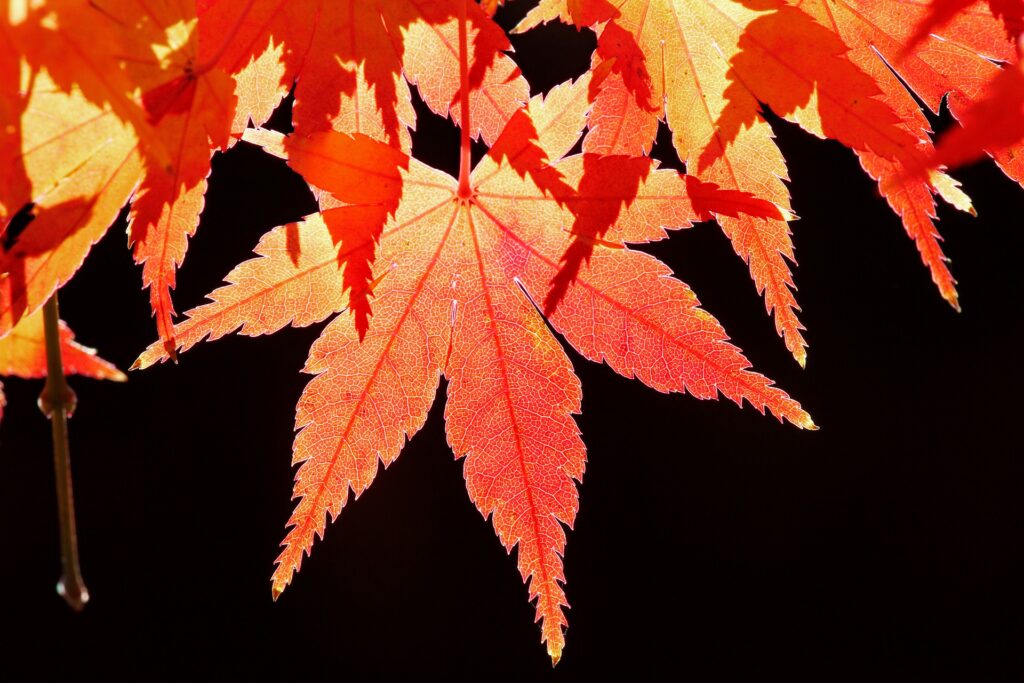
Japanese Maple trees add stunning color to landscapes, particularly in the fall. Planting them in October allows the roots to establish before the cold winter begins. They flourish in partial shade and require well-drained soil. The fall foliage of these trees can add spectacular hues to your landscape.
Hydrangeas
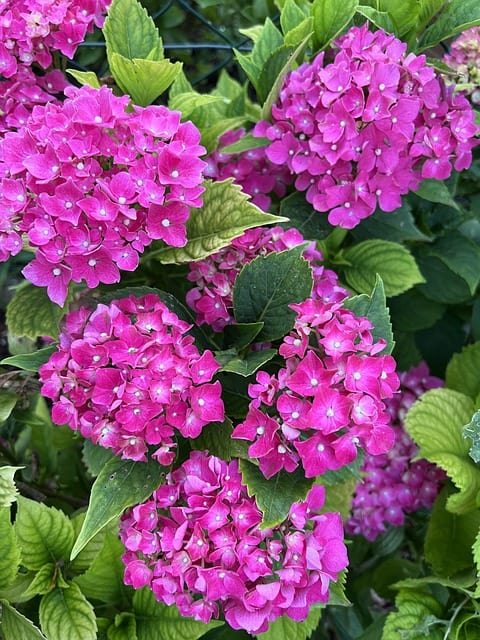
Hydrangeas are versatile shrubs that can bring delightful color to gardens. October is a suitable time for planting various hydrangea species. They thrive in well-drained soils with partial sun and can withstand colder temperatures, providing lush blooms and vibrant greenery in the warmer months.
Coreopsis
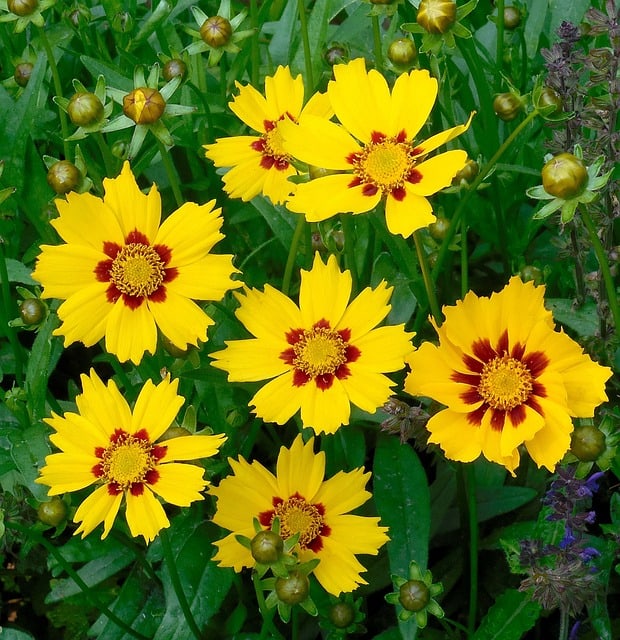
Coreopsis, also known as tickseed, is a hardy perennial that blooms profusely and thrives in various soil types. October planting allows these plants to settle in adequately for a robust display in spring. They tolerate drought and are low-maintenance, making them perfect for creating colorful landscapes.
Black-eyed Susan
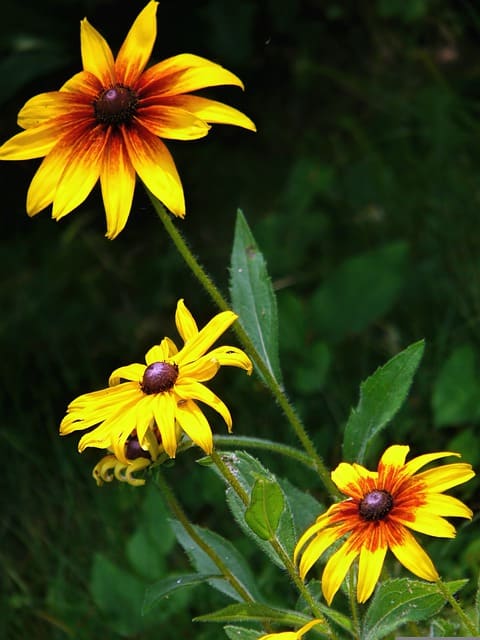
Black-eyed Susans are cheerful, sun-loving flowers that provide abundant color. Planting them in October allows their roots to develop before the frost. They are drought-tolerant and hardy, making them an easy addition to any colorful border or garden plot.
Peonies
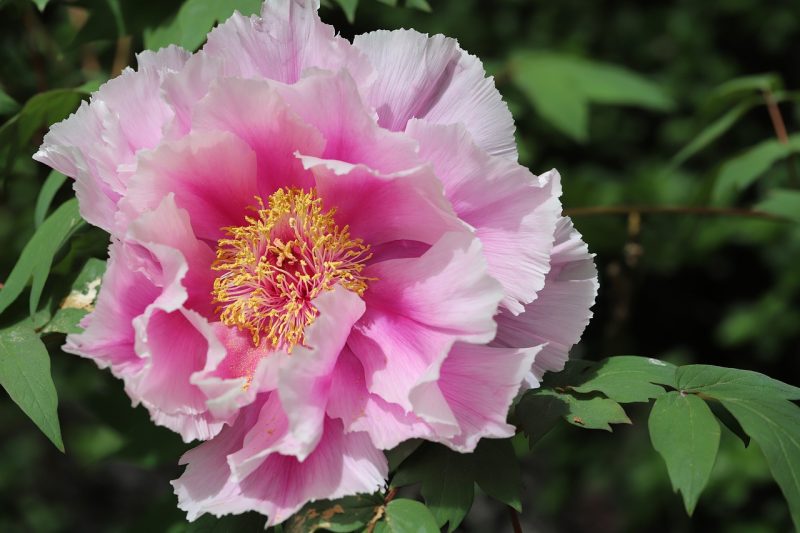
Peonies are cherished perennials known for their exquisite blooms. October is the ideal time to plant peony roots, given that they need to establish themselves before winter. They prefer rich, well-drained soil and require full sun to flourish, offering robust flowers in the summer.
Salvia
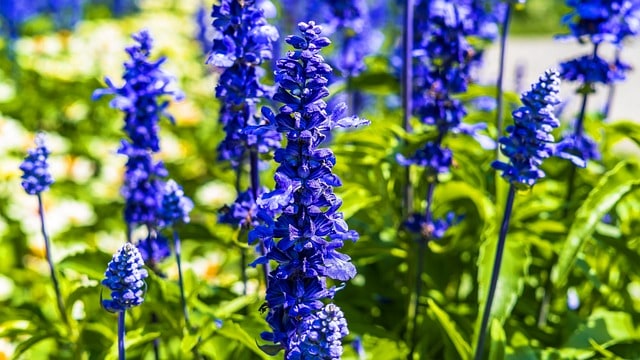
Salvia, often referred to as sage, is a lovely addition to any landscape. These perennial plants thrive well in cooler temperatures, and planting them in October provides a chance to establish roots before winter. They require well-draining soil and are known for attracting pollinators.
Sedum

Sedum does not only fit into the herb category; it also makes for impressive landscape plants. These perennial succulents offer beautiful foliage and attract butterflies while being drought-tolerant. Planting in October allows them to establish themselves beautifully for a more robust display in warmer months.
Rhododendron
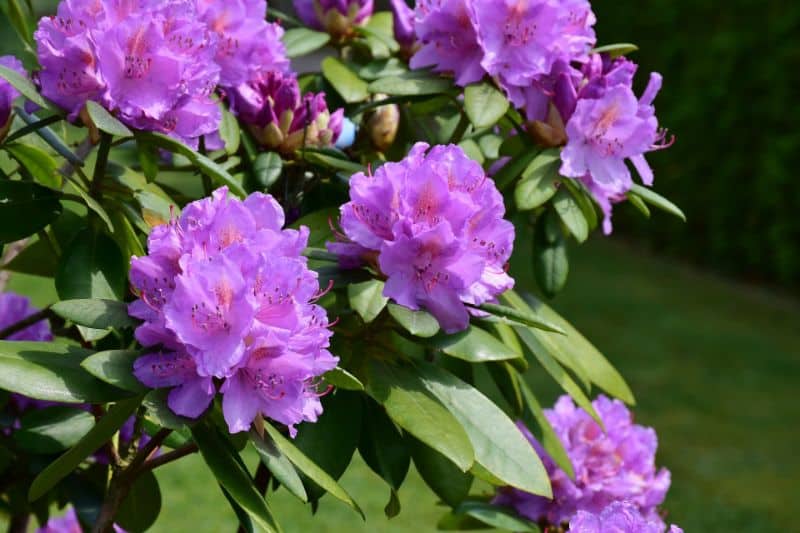
Rhododendrons are evergreen shrubs that can be planted in October for lush and colorful blooms in the spring. They prefer acidic, well-drained soils and partial shade. As shallow-rooted plants, they can establish before winter sets in, ensuring they are healthy and thriving for many seasons to come.



